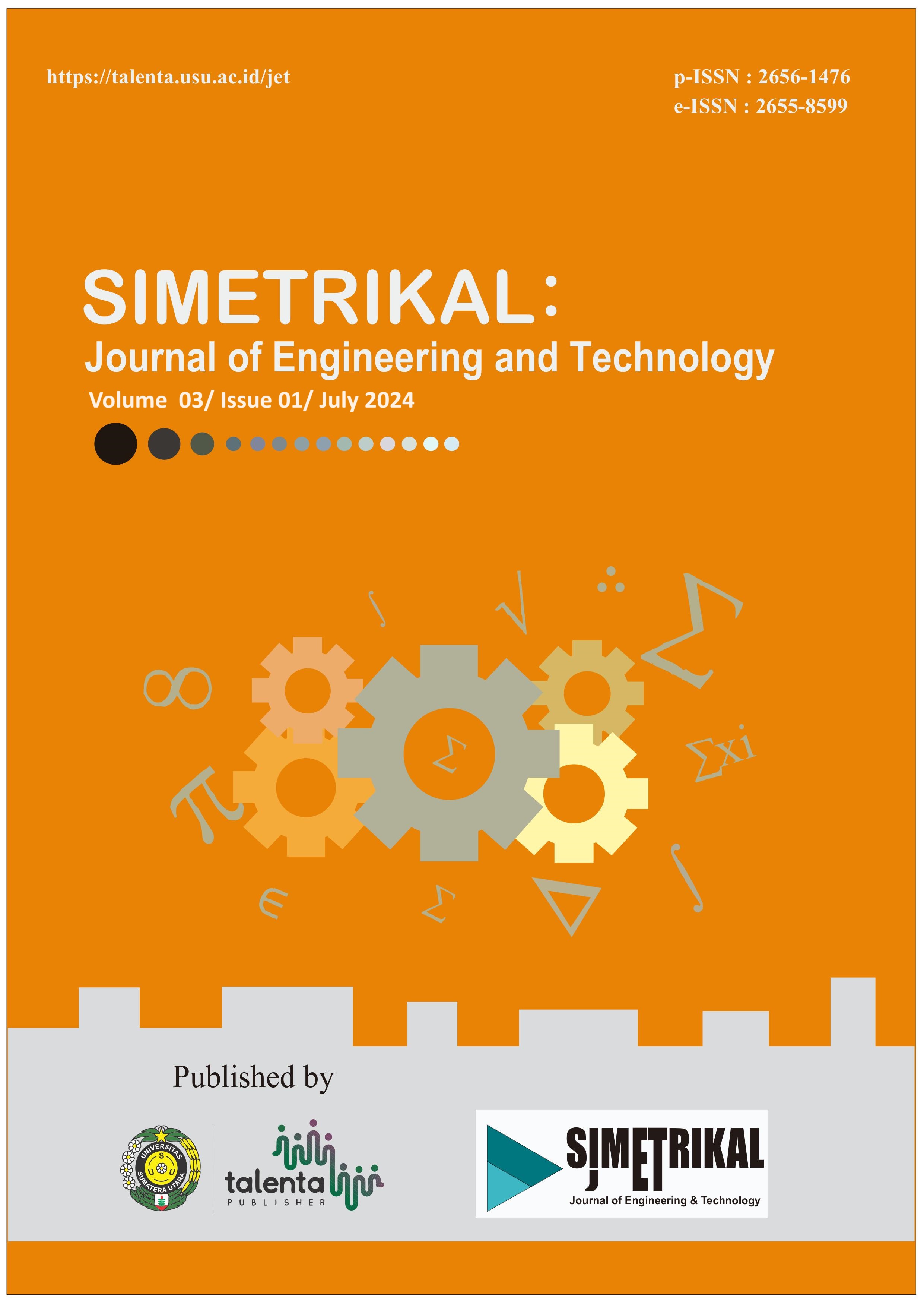Noise Exposure Analysis and Hearing Conservation in the CPO Industry of North Sumatra: A Case Study on Noise Mapping Techniques
DOI:
https://doi.org/10.32734/jet.v3i1.13584Keywords:
Palm Oil, Noise Exposure, Noise Mapping, WorkersAbstract
This research examines the risks of noise exposure in a palm oil production facility in North Sumatra, Indonesia. The facility processes fresh fruit bunches (FFB) into crude palm oil (CPO) and palm kernel. The production machinery operates continuously for long periods, such as 20 hours per day, to meet output targets. This requires a two-shift operation, potentially exposing workers to machine noise for about 10 hours per shift. The main sources of noise are the machinery and equipment. A noise mapping methodology has been used to visualize the distribution of noise levels, revealing that levels exceed the safe threshold (e.g., 85 dB). To address this, the study recommends enforcing the use of personal protective equipment and regulating working hours to minimize noise exposure. These measures are crucial for ensuring the safety and well-being of workers in industrial settings with high noise levels.
Downloads
Downloads
Published
How to Cite
Issue
Section
License
Copyright (c) 2024 Simetrikal: Journal of Engineering and Technology

This work is licensed under a Creative Commons Attribution-ShareAlike 4.0 International License.




